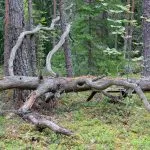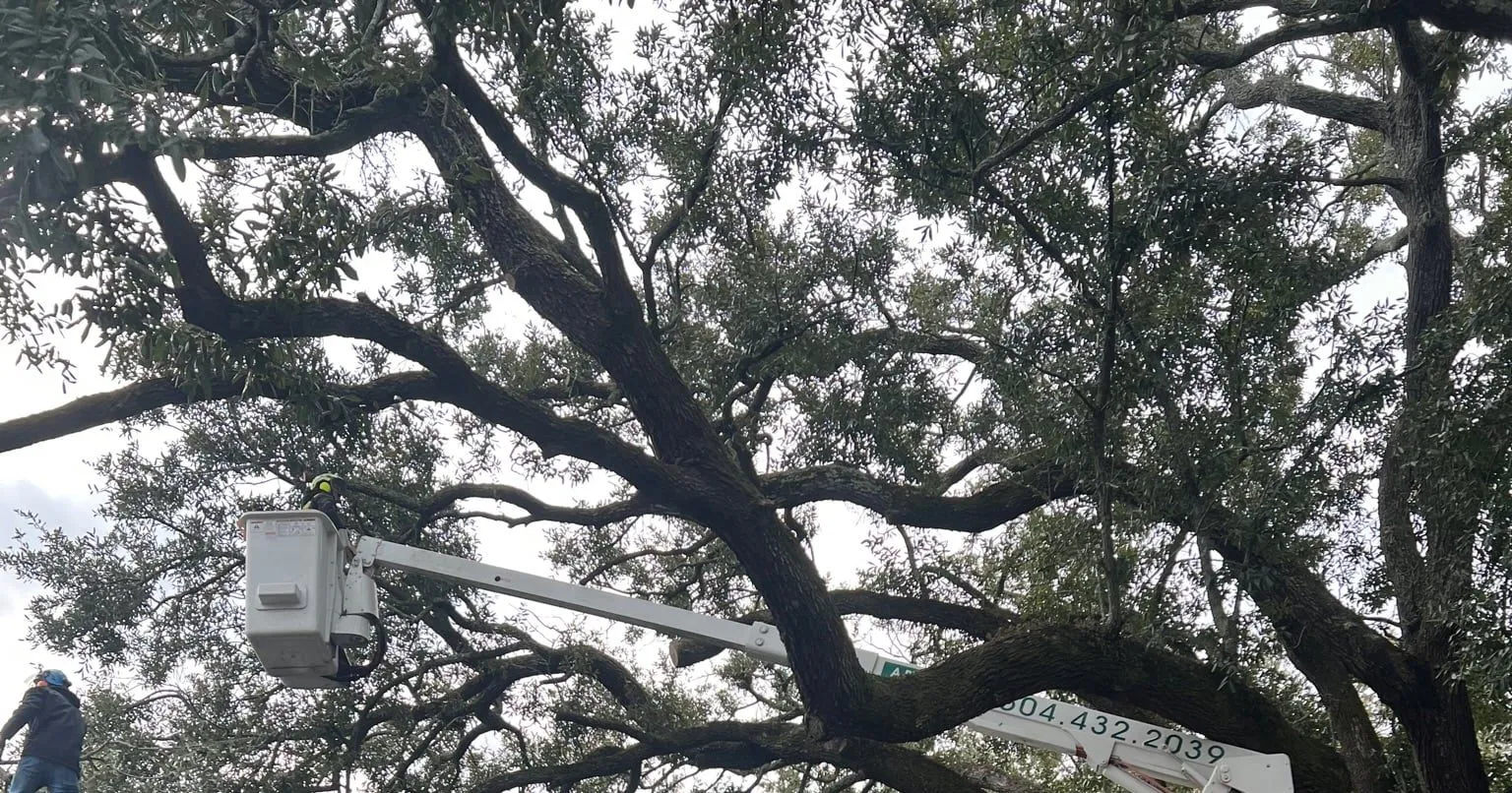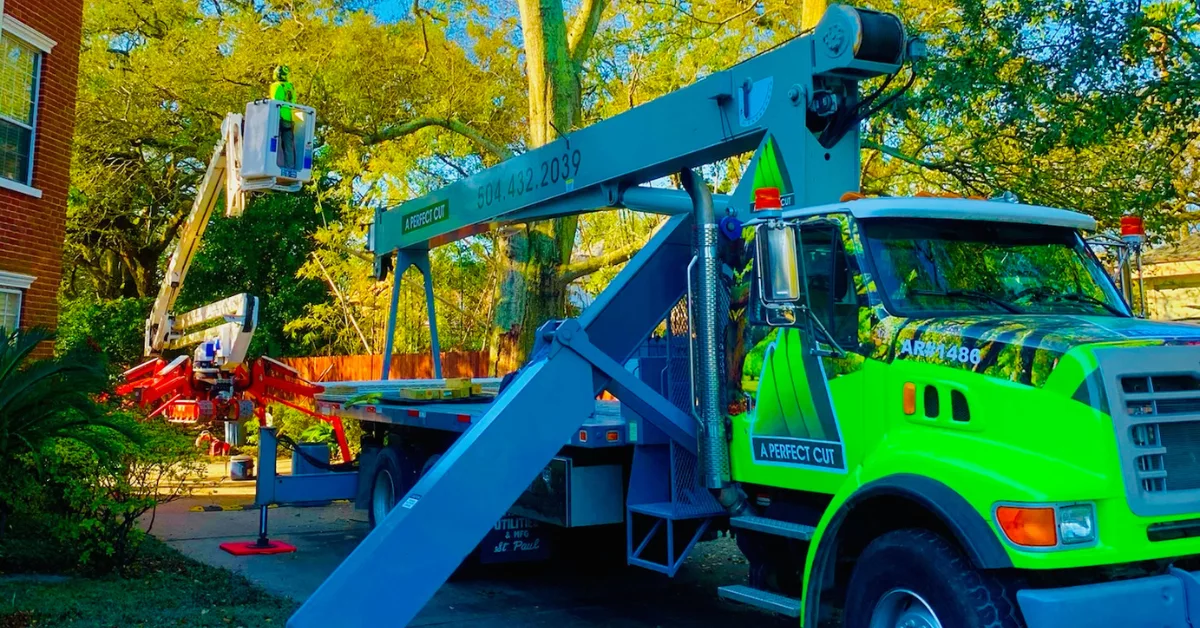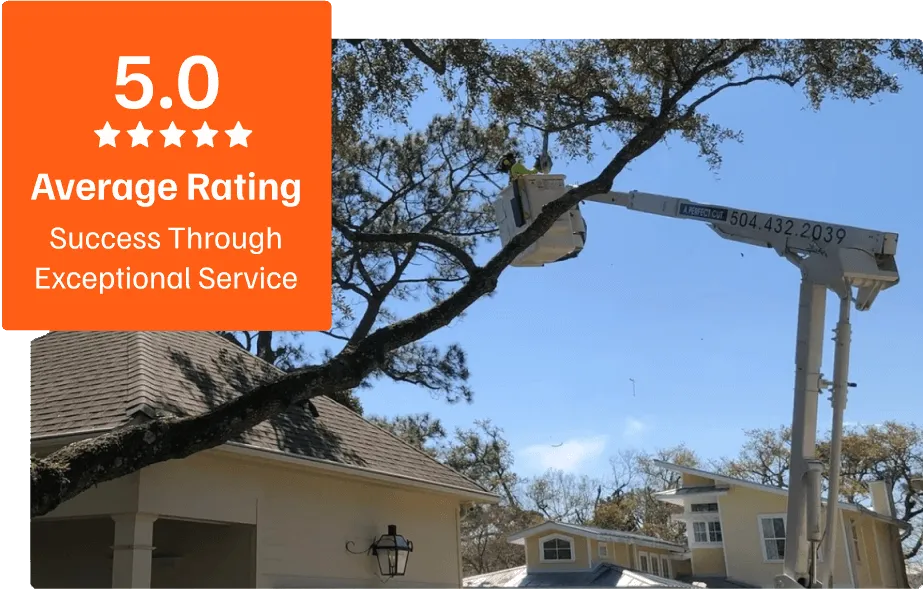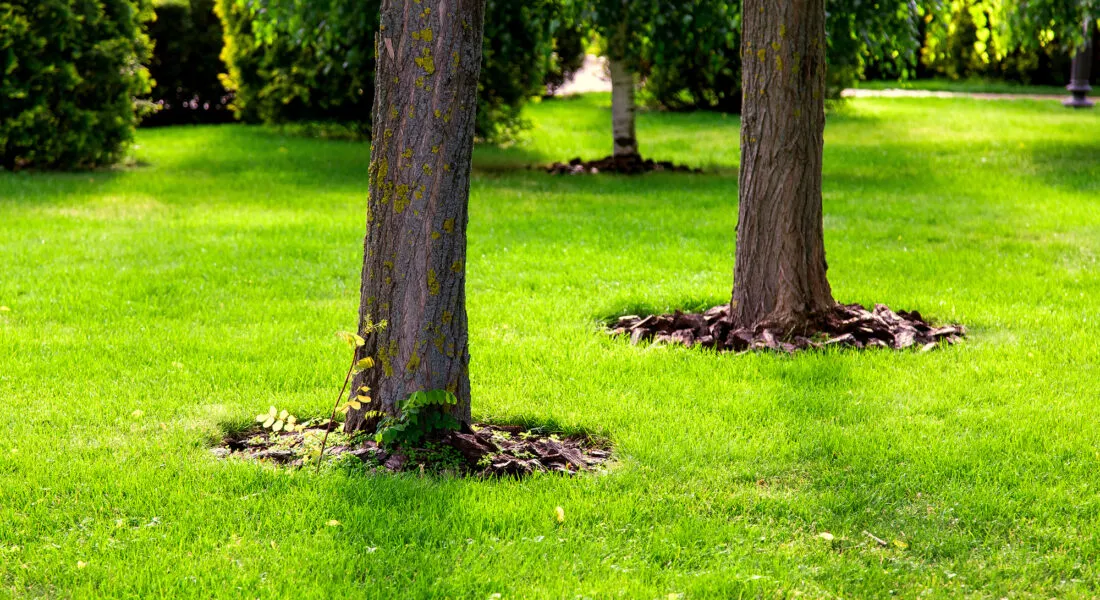
July 24, 2024
With nearly 15 billion trees cut down every year, the reason only gets more pressing for us to step up our game in tree care. Whether you are one of the green thumb enthusiasts or just learned about the importance of our green friends with leaves, it is critical to know about tree care tips. We will walk you through the should-knows and best practices of selecting the right species for planting and follow-up care.
Fundamentals of Tree Care
Proper species selection is essential to the long-term growth and vigor of your tree. Climate and soil conditions at a particular location can affect a tree’s survivability.
Selecting Right Species
Native species are good since they adapt well and require less maintenance. Also, define the purpose of planting a tree. Be it for shade, fruit, or decoration; the purpose should guide you on the selection to ensure you get the result you want.
Correct Planting Procedure
How a tree is planted has a lot to do with how healthy it will be in the future. One common mistake when planting trees is not preparing the hole well. The hole should be twice the width of the root ball but only as deep. This gives roots room to spread out without suffocating.
It’s very critical to plant at the right depth. Depths that are too deep or too shallow stress the tree. Right after you have placed your tree, backfill it with native soil; then water it well to settle the soil and eliminate air pockets.
Location Matters
The planting site of a tree will determine how much sunlight, water, and space the plant will receive to grow properly. Trees need to be located in an area with the right amount of sunlight that is required by the tree type. Space away from other buildings and power lines because they can correct problems as a tree grows. Considering the mature size of the tree now prevents troubles later by allowing adequate space to achieve its full potential.
Essential Care for Young Trees (Year 1-3)
To ensure little tree care is effective, maintaining a weed-free zone around the tree is crucial. This step reduces competition for nutrients and water.
Weeding
Keep the area around the base of the tree free from weeds and grass. Weeds can compete with young trees for water and nutrients.
Watering
- Year 1: Water deeply and regularly, especially during dry periods. Aim for about 10-15 gallons per week.
- Year 2: Reduce frequency but ensure deep watering. Aim for about 10-15 gallons every 2 weeks.
- Year 3: Water as needed based on weather conditions. Deep watering once a month is usually sufficient.
Mulching
Apply a 2-4 inch layer of mulch around the base, keeping it away from the trunk to prevent rot and pest problems. This helps retain moisture and suppress weeds.
Mulch insulates tree roots, protects them from lawn mower cuts and helps prevent dry soil. Mulching also helps keep the soil moist and temperature steady, which is great for young trees. When it rains less, deep watering is key to making their roots grow strong and deep.
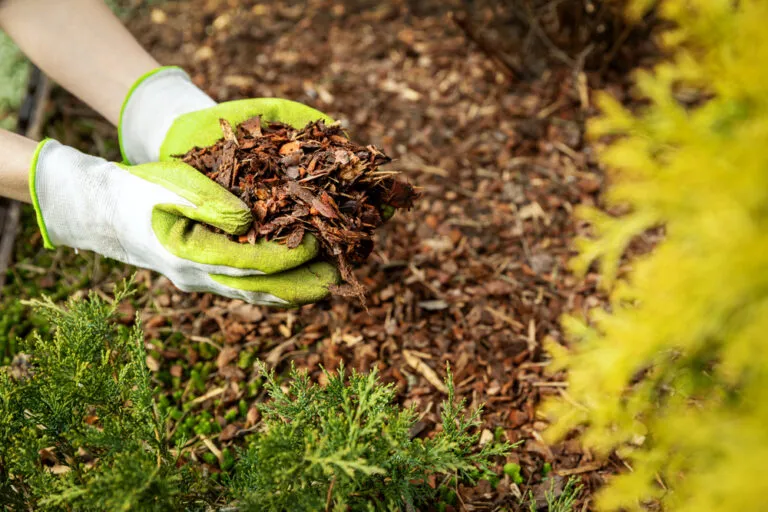
mulching garden conifer bed with pine tree bark mulch
Mowing and Guards
Protecting young trees from physical damage is essential. When mowing, keep a safe distance from the trunk to avoid harming the bark. Installing tree guards can offer an additional layer of protection against mechanical injuries and pests.
As trees grow, check the guards regularly to ensure they are not too tight and adjust them as needed. This prevents damage to the expanding trunk and allows for healthy growth.
Pest Management
From the start, monitor your young trees for any signs of pest infestation. Early detection is key to managing potential problems before they escalate. Employ integrated pest management strategies, which may include biological control methods, to effectively deal with pests while minimizing harm to the environment.
Encouraging natural predators in your garden can help maintain a balanced ecosystem, where pests are less likely to become a significant problem.
Intermediate Tree Care (Year 3-10)
Look for signs of damage or stress caused by the guard. It might have left marks or constricted areas on the trunk. Repairing damage early can prevent long-term issues. The timing for tree care is crucial.
Guard Removal
After the initial years, it was time to remove any guards that were protecting the young tree. These guards, if left too long, can hinder growth and trap moisture, leading to decay or disease. Check the tree carefully once the guard is off. It depends on how quickly the tree grows and how fast the material of the guard breaks down.
Pruning and Coppicing
Pruning becomes crucial as trees enter their intermediate years. It’s not just about cutting back dead or diseased branches. Pruning shapes the future growth of the tree. Doing it right ensures a strong, healthy structure. Coppicing, a more specialized form of pruning, involves cutting the tree back near ground level. This encourages new stems to grow. Both practices require an understanding of timing and technique to avoid harming the tree.
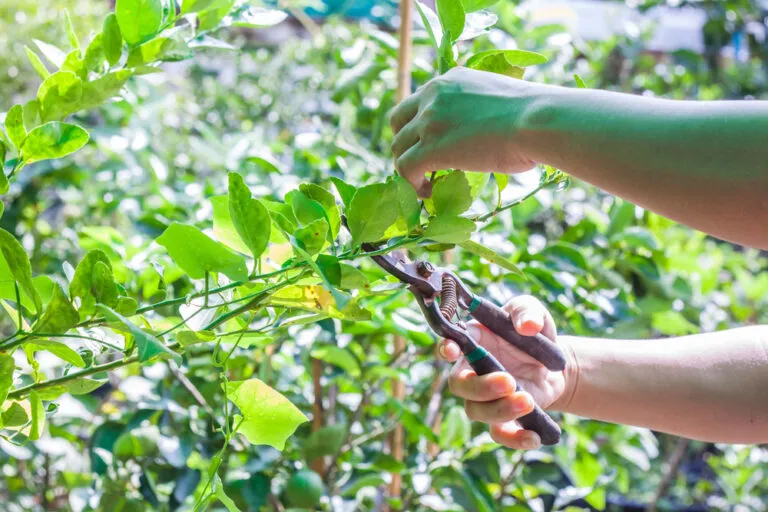
Disease and Thinning
Spotting disease early can save a tree’s life. Common signs include unusual leaf discoloration, spots, or dieback. Thinning is another important step at this stage. It improves airflow through the branches. This can significantly reduce disease spread. For serious issues, consult our arborist. We can offer tailored advice and treatment options to keep your trees healthy.
Advanced Tree Care (Year 10+)
From year 3 to 10, focus on maintaining a balanced watering schedule, especially during dry periods, and continue structural pruning. Begin fertilizing based on soil test recommendations to support healthy growth.
Woodland Management
Sustainable harvesting practices are also essential. They allow sunlight to reach young trees, promoting growth and regeneration. Incorporating different types of trees makes the woodland more resilient. It helps in maintaining biodiversity and supports various wildlife species.
Ensuring Safety
Trees older than ten years require regular inspections for signs of damage or disease. Identifying weak branches early can prevent potential hazards. Corrective pruning is necessary to remove limbs that could fall and cause injury or property damage. During storms, establishing safety zones around large trees minimizes risks to people and buildings.
Species and Location
Choosing the right tree for the right place is key to sustainable tree care. Some species thrive in direct sunlight, while others prefer shaded areas. The soil type also affects a tree’s health and growth rate.
It’s important to consider how a tree’s roots might impact structures and utilities in the future. Selecting trees that offer benefits like providing shade, enhancing privacy, or creating habitats for wildlife adds value beyond aesthetics.
Seasonal Maintenance Practices
Each tree species needs a different approach to pruning. Understanding what your tree needs ensures the best outcomes. This practice aligns with sustainable landscape practices.
Seasonal Pruning
Pruning trees at the right time is crucial. For most species, the dormant seasons are best. This timing encourages strong, healthy growth in spring. It’s important to avoid pruning when the sap is flowing. This can stress the trees and make them prone to disease.
Watering Techniques
Deep watering helps trees grow deep roots. These roots support them better and find water easier. You should water more in dry seasons and less when it’s wet. Younger trees usually need more water than older ones.
Using drip irrigation or soaker hoses is efficient. It reduces water waste and gets water right where it’s needed. This method is part of good maintenance.
Protect Your Trees: Use Fertilizers and Pesticides Wisely
Using too much fertilizer and pesticides can damage tree roots. It’s better to use them less near trees and make a safe area around them where you don’t do any lawn care. Picking the right type of grass is important too because some types fight with trees for water and nutrients, but others don’t. Choosing the right grass helps your trees and lawn stay healthy together.
It’s time to roll up your sleeves and put this knowledge into action. Every tree you nurture brings us one step closer to a greener, healthier earth. So, grab your gardening tools and let’s make our world a leafier place. Remember, the best time to plant a tree was 20 years ago; the second best time is now. Let’s get planting! Contact us at A Perfect Cut Tree to lower and eliminate the risk of tree diseases.

